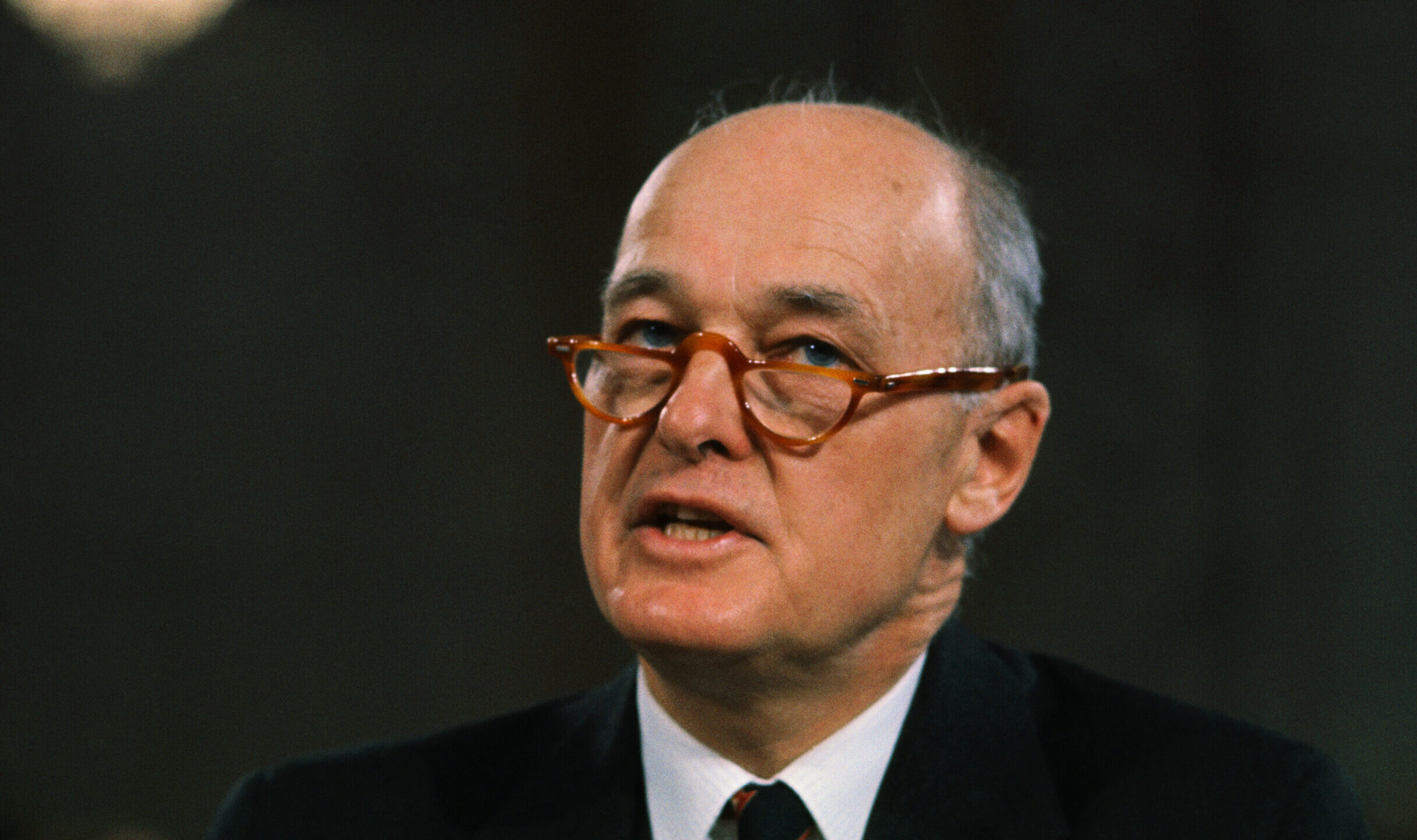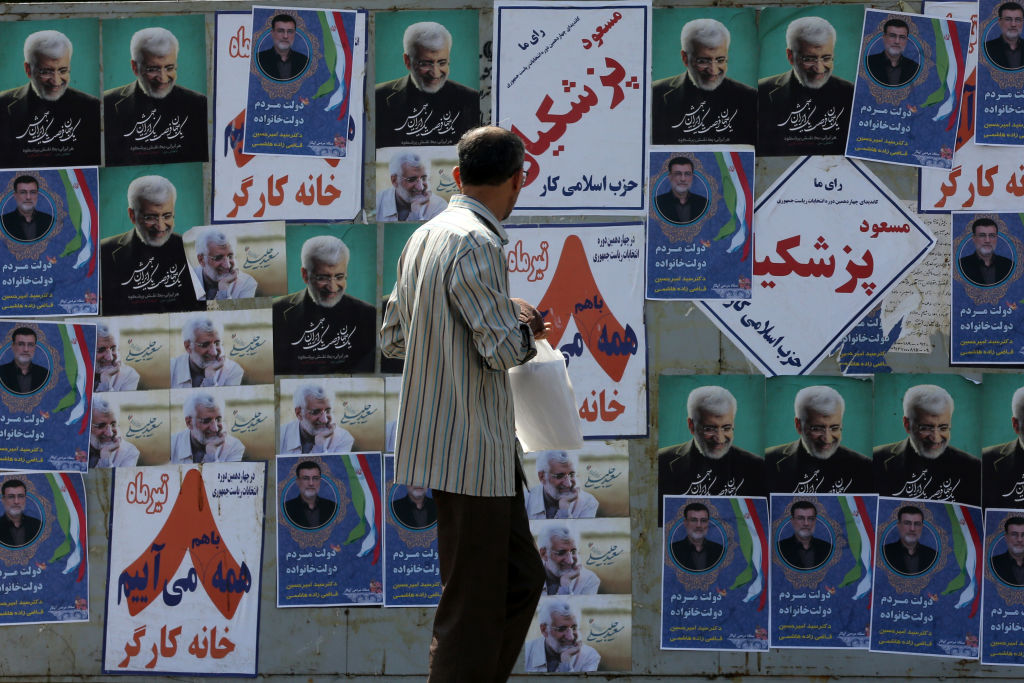American Jewry is diversifying demographically. It’s no longer the overwhelmingly Democratic and Eastern European community of my youth. Just look how many Queens Jews voted for Donald Trump.
By GIL TROY JANUARY 8, 2025 19:15 (JTA illustration; School image via Facebook)
(photo credit: JTA)
(JTA illustration; School image via Facebook)
(photo credit: JTA)
My elementary school, Solomon Schechter Day School of Queens, is turning Orthodox. It will become Queens Hebrew Academy. Apparently, an influx of Orthodox Bukharian Jews boosted Schechter’s numbers but changed its worldview.
American Jewry is diversifying demographically. It’s no longer the overwhelmingly Democratic and Eastern European community of my youth. Just look how many Queens Jews voted for Donald Trump.
Solomon Schechter’s transformation after 68 years tells an ideological tale, too. It’s a story of the rise — and now fall — of a school, and school network, that embodied the peoplehood-centered, deeply Zionist, patriotic and achievement-oriented Judaism that made American Jewry great. Schechter offered an extraordinary education, raising proud Jews, proud Americans, proud Zionists — and proud Queens kids, too.
America’s network of Conservative Jewish day schools honored the Jewish Theological Seminary’s Romanian-born second president, Rabbi Solomon Schechter (1847-1915). He believed that collectively “committed,” literate Jews, whom he called “Catholic Israel,” could gradually update Jewish law through academically rigorous rabbinic processes. But Schechter warned that embracing “the spirit” of the tradition without “the letter” of the law created “nude souls” because Judaism without the Torah “is absolutely incompatible.”
This anchored juggling act inspired Jews in Queens and Philadelphia in 1956 to name the first Conservative Jewish day schools after him. New York Jewry then was all about living the Enlightenment dream, American-style: Be a normal New Yorker on the street, and a Jew at home. By 1993, over 50 Solomon Schechter Schools steeped 17,500 young Americans in Jewish tradition too.
Last year, while researching my new book, “To Resist the Academic Intifada: Letters to My Students on Defending the Zionist Dream,” I discovered that my old school’s website still championed Solomon Schechter’s exquisitely balanced vision. Bridging between Orthodoxy and secularism, Americanism and Judaism, the website proclaimed: “For Rabbi Schechter halacha [Jewish law] has its eternal roots in heaven but is also constantly evolving here on earth in response to the will of the people. He therefore sought to establish Conservative Judaism on the common ground that connects our Jewish and our American ideals, our Jewish and American selves.”
That’s the message we absorbed in the 1960s and 1970s. Our Americanism, Judaism and Zionism resonated harmonically.
I made my stage debut in fourth grade as Haym Salomon, the immigrant Jew who “saved” the American Revolution by lending the Continental Army money. A grateful George Washington, we learned, had the 13 stars on the dollar bill arranged in the shape of a Jewish star.
When I was in graduate school, I scrutinized the index of every book on the American Revolution assigned. Salomon’s name rarely appeared.
At Solomon Schechter
At Solomon Schechter, we lived a creative tension. We learned our tradition, without feeling too bound by it. We started every morning with the Pledge of Allegiance and “My Country ‘Tis of Thee” — “The Star Spangled Banner” and “Hatikvah” were for assemblies.
Stay updated with the latest news!
Subscribe to The Jerusalem Post Newsletter
Like good Conservative Jews, we boys wore kippot on our heads inside the school but shoved those skullcaps into our pockets outside. Like good American kids, we often wore American flags on our chests if not our sleeves — thanks to those new stores ironing decals on three T-shirts for five dollars.
We celebrated Thanksgiving like good — normal — Americans, although we sang “Yom HaHodaya” in Hebrew too. We enjoyed the attempts to integrate Jews into American history, even if exaggerated. Salomon lent the money, but the Jewish star on the dollar is coincidental. These embellishments punctuated the historically unprecedented, mind-blowing messaging we took for granted: We belonged! Jews, too, were part of the American story.
Most important was intensive basic training in how to succeed. Schechter’s double English-Hebrew curriculum crushed many. By third grade, we noticed, using the schoolyard’s brutally honest language, that the “dumb” kids at Schechter shined in public school.
Our talented teachers pushed us hard to learn and love Western civilization and American history. Meanwhile, an equally formidable lineup of Israeli-born teachers taught us Jewish studies in Hebrew, “ivrit b’ivrit.” Rather than conveying the first-generation American-Jewish zest for success, these teachers languished in identity purgatory. Enthusiastic Zionists, they were living in America, away from their homeland. But inside their classrooms, these teachers were home. They suppressed their guilt by steeping us in Israeli language and culture, along with Jewish texts and rituals.
True, a favorite schoolyard debate was “if America and Israel went to war, who would you fight for?” But we knew the question was ridiculous — the two countries we loved, loved each other. The red-white-and-blue and blue-and-white overlapped.
No dual loyalties tortured us. We felt lucky, blessed by this bounty. We enjoyed our extra Jewish goodies — extra holidays to celebrate, fun things to eat, heroes to venerate. We were learning how to be good Americans on the street, as successful as our neighbors. But we were initiated into a secret society too.
We were 100% American, 100% Jewish, and very Israel-oriented — within limits. Unlike non-Jews, we mastered the Israeli “chet” — what linguists call that voiceless uvular fricative, as if you are clearing phlegm from your throat. We could say challah or chutzpah properly without sounding “goyishe” by calling it hallah and hutz-pa. But by speaking Hebrew with our lazy-R’s, we stood out among Israelis. We could never master those crisp, guttural Israeli reshes — aka the voiced uvular fricative. Apparently, our alveolar approximant limited us.
We were being marinated in a culture, welcomed into a conversation, wired emotionally not just ideologically. Today, in Jerusalem, celebrating the Tu BiShvat arbor day holiday that falls during the winter feels extra special. I see the almond trees we sang about as kids blossoming from my porch. And the Zionist dream — to be a free people in our own land — is fulfilled daily.
The message was clear: We were the lucky ones, winners of a grand historical lottery. We could have it all. We could be proud Jews and good Americans, because one reinforced the other.
True, many of us eventually saw contradictions. Serving the God of Abraham while serving the God of Abraham Lincoln is hard. In confining God to the home, to half a day of studies, and, ultimately, to convenient times in America’s workweek, many American Jews suffocated the Jewish God. “If you can’t see God everywhere,” the Kotzker Rebbe (1787-1859) warned, “you can’t see God anywhere.”
This Americanized god was domesticated — and neutralized. That god was not an intimate force in our lives. We sang prayers every morning not as supplications to our awe-inspiring Creator, but as happy-dappy, rousing folk songs strengthening our sense of tradition and community.
Today, Conservative Judaism, which thrived in a middle-class-oriented, temperamentally moderate America, faces severe ideological, demographic and institutional challenges beyond the scope of what I can say here.
But as Solomon Schechter of Queens transitions into Queens Hebrew Academy, let us hail the American-Jewish literacy it conveyed, its consummate New-Yorkiness, the passionate patriotism it fostered in us as Americans, Jewish-peoplehood people and Zionists, and the dreams it planted in generations of students.
We were Generation Hope. We were born into a world far better than the Eastern European hell our grandparents fled. We knew that, by rolling up our sleeves rather than throwing up our hands, we would make a better world for our children too. And we were grateful to Solomon Schechter School of Queens which we trusted to help us — and them — forge ahead.
The views and opinions expressed in this article are those of the author and do not necessarily reflect the views of JTA or its parent company, 70 Faces Media.

 By The Jerusalem Post (World News) | Created at 2025-01-08 17:20:07 | Updated at 2025-01-09 06:28:30
13 hours ago
By The Jerusalem Post (World News) | Created at 2025-01-08 17:20:07 | Updated at 2025-01-09 06:28:30
13 hours ago








